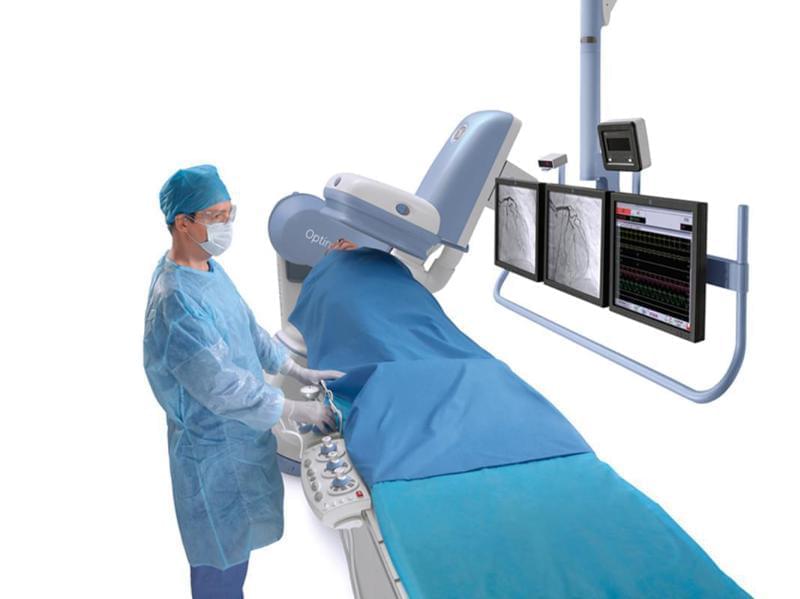
Coronary Artery Disease: Diagnosis and Angiography Procedures
The most common type of heart disease is coronary artery disease. If left untreated, it remains the leading cause of death both in our country and worldwide. Coronary artery disease progresses due to thickening or narrowing of the arterial walls in the coronary arteries, which supply blood to the heart muscle.
The Importance of Coronary Angiography
The best diagnostic test for coronary artery disease is coronary angiography. Despite advances in medical technology, no test has yet replaced coronary angiography. During this procedure, a catheter (a thin tube) is inserted into an artery, navigating against blood flow to reach the heart and visualize its vessels.
The first coronary angiography in history was performed in 1958, and the first balloon angioplasty (widening of a narrowed artery using a balloon) followed in 1977.
The coronary arteries responsible for nourishing the heart emerge as two separate arterial systems, one supplying the right side and the other supplying the left side. The left artery later branches into two smaller arteries, supplying both the front and back surfaces of the heart.
Coronary Angiography Procedure
Coronary angiography can be performed through three different access points in the body, selected based on the patient's vascular structure, ability to lie still, bleeding tendency, and the preferred technique of the performing doctor. The entry site is first cleaned, then numbed with a fine needle, and access to the artery is opened using specialized materials. Once access is established, a catheter is guided to the coronary arteries, and an opaque liquid (contrast dye) is injected to identify any blockages. Throughout the procedure, patients remain awake and do not experience significant pain.
1. Femoral Artery Access (Groin Approach)
This method is the most commonly used worldwide and in Turkey. It involves accessing the femoral artery in either the right or left groin.
Advantages:
-
The groin artery is wide, allowing for easier maneuvering and larger catheter use.
Disadvantages:
-
Bleeding control takes longer, so patients must lie flat for about six hours, with 2–3 kg of pressure applied to the access site after catheter removal.
-
Since nerves and arteries in the groin are close together, there is a risk of nerve damage, possibly requiring surgical intervention.
-
Patients must remain in bed for six hours, making basic activities like using the restroom challenging.
2. Brachial Artery Access (Elbow Approach)
This method is less preferred, as it does not offer significant comfort or safety benefits. It is only used in specific cases, such as when groin artery access is not viable.
3. Radial Artery Access (Wrist Approach)
This method is gaining popularity globally due to its convenience and safety.
Advantages:
-
Provides better comfort and allows early discharge.
-
Patients can walk to and from the angiography lab instead of being confined to bed.
-
After the procedure, the access site is sealed with a wristband, allowing patients to sit, use the restroom, and go home within 2–3 hours.
-
Balloon or stent patients, who usually need 12 hours of bed rest, experience greater comfort with the wrist approach.
-
Minimal pain and lower risk of nerve injury, as major nerves do not pass near the radial artery.
-
Easier bleeding control, making this method ideal for patients on blood thinners or those prone to bleeding.
-
Better suited for obese patients, who may find groin bleeding difficult to manage and lying flat for long durations uncomfortable.
Disadvantages:
-
The wrist artery is smaller than the femoral artery, making the procedure slightly longer.
-
Rare risk of arterial spasm, which can hinder catheter movement, more common in thin patients, leading to switching to the groin approach.
-
More expensive, as finer and more delicate materials are required, increasing overall procedure costs.
Which Angiography Method Is Best?
Regardless of the entry method, the angiographic imaging results are the same. However, due to better patient comfort and reduced risks, wrist angiography is increasingly preferred by both doctors and patients worldwide.
Remember, a healthy heart means more time for the people you love.

